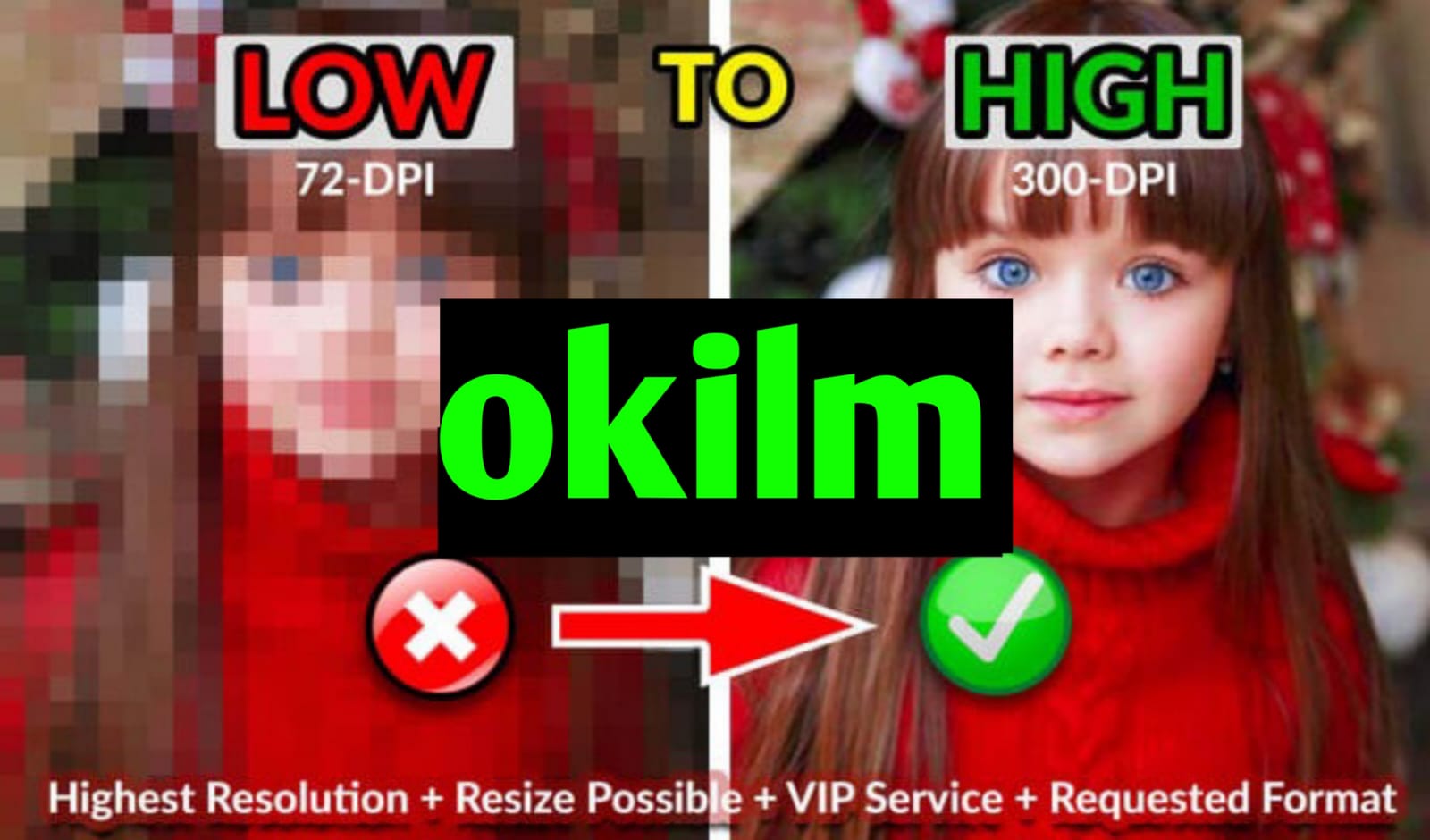In the digital age, where photography has become an integral part of our lives, capturing moments has never been easier. However, not all photos turn out as crisp and clear as we hope. Sometimes, due to various factors such as old cameras, poor lighting conditions, or simply lack of technical knowledge, our photos end up being low in quality. This can be frustrating, especially when the moments captured are precious and irreplaceable.
But fear not! Technology has advanced to a point where we can enhance and convert these low-quality photos into high-definition (HD) or even full HD images. Whether you’re looking to preserve family memories, improve professional photography, or simply enhance personal snapshots, there are now several methods and tools available to help you achieve stunning results.
Understanding Low-Quality Photos
Before diving into the methods of conversion, it’s essential to understand why some photos are low in quality. Several factors contribute to this:
- Resolution and Pixelation: Low-resolution images lack detail and appear pixelated when zoomed in. This often happens with older cameras or when photos are taken in low-light conditions.
- Noise and Artifacts: Noise, or digital artifacts, can distort an image, making it appear grainy or blurry.
- Color Fidelity: Poor color balance or incorrect exposure settings can result in washed-out or overly saturated images.
Methods of Converting Low-Quality Photos to Full HD
1. Upscaling with Software Tools
One of the most common methods to convert low-quality photos to HD is through upscaling using specialized software tools. These tools use algorithms to interpolate new pixels and enhance the existing ones, thereby improving the overall quality of the image.
- Adobe Photoshop: Photoshop offers various tools like ‘Image Size’ and ‘Enhance’ that allow you to manually adjust the resolution and improve image quality. Techniques such as bicubic interpolation can be used to scale up images effectively.
- Topaz Labs AI Gigapixel: This software utilizes artificial intelligence (AI) to analyze and enlarge images while preserving details and reducing noise. It’s particularly effective for enlarging photos without losing quality.
- Luminar AI: Luminar AI uses AI-driven enhancement tools to automatically improve image quality, including resolution and detail enhancement.
2. Using Neural Networks and AI
Recent advancements in artificial intelligence have led to the development of neural networks specifically designed for image enhancement. These AI-powered tools can analyze low-quality images and generate high-quality versions by learning from vast databases of images.
- Deep Image Prior: This technique uses neural networks to learn the structure of images and then enhances them accordingly. It’s effective for restoring details and reducing noise.
- Waifu2x: Originally designed for upscaling anime-style images, Waifu2x has been adapted for general image upscaling tasks. It uses deep convolutional neural networks to enhance image quality.
3. Manual Retouching and Editing
For more control over the enhancement process, manual retouching and editing techniques can be employed. This approach is time-consuming but allows for precise adjustments to color, contrast, sharpness, and other elements of the image.
- Clone Stamp and Healing Brush Tools: In software like Photoshop, these tools can be used to remove imperfections and enhance details selectively.
- Color Correction: Adjusting color balance, saturation, and exposure can significantly improve the overall look of a photo.
4. Professional Services
If you’re not confident in your editing skills or prefer a hands-off approach, many professional services specialize in photo restoration and enhancement. These services often use a combination of advanced software tools and manual editing techniques to deliver high-quality results.
Best Practices for Converting Low-Quality Photos
- Start with the Highest Resolution Available: Use the original or highest resolution version of the photo as a starting point for enhancement.
- Use Non-Destructive Editing: When using software tools like Photoshop, work on duplicate layers or use adjustment layers to maintain the integrity of the original image.
- Experiment with Different Methods: Different photos may respond differently to various enhancement techniques. Experiment with different software tools and methods to find the best results for each image.
- Preserve the Original: Always keep a backup of the original photo before making any edits or enhancements. This ensures that you can revert to the original if needed.
Conclusion
Converting low-quality photos to full HD or even higher resolutions is now within reach for anyone with access to the right tools and techniques. Whether you’re a professional photographer looking to salvage old negatives or a hobbyist wanting to enhance family photos, the advancements in digital imaging technology offer numerous possibilities.
By understanding the factors contributing to photo quality and exploring the methods outlined above—from upscaling with software tools to leveraging AI-powered solutions and manual editing—you can breathe new life into your cherished memories. The key lies in experimentation, patience, and a willingness to learn as you embark on the journey of transforming your low-quality photos into stunning, high-definition images that will stand the test of time.



